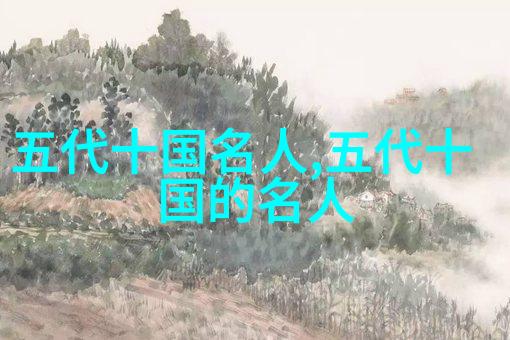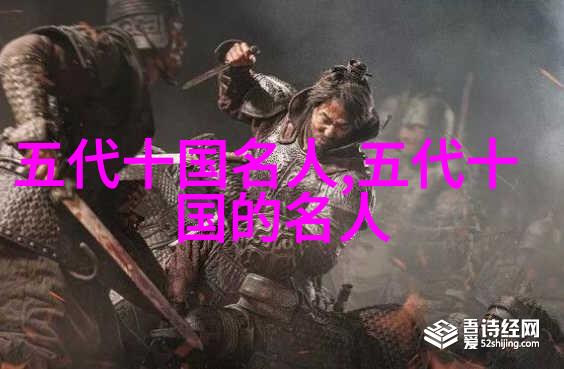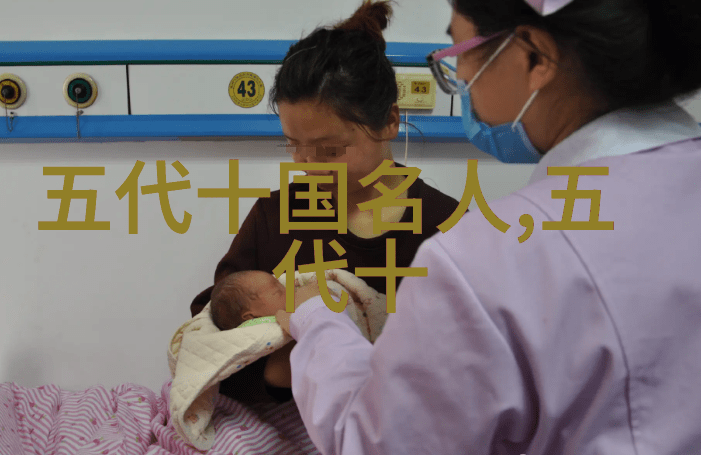豫剧之泪:河南悲歌的秘密

豫剧是中国传统戏曲的一种,它以其独特的艺术形式和深厚的情感表达而著称。其中,哭戏作为一种特殊的表演技巧,能够引发观众强烈的情感共鸣,是豫剧中不可或缺的一部分。在河南,这种哭戏得到了精湛的运用,使得它成为河南豫剧最好的哭戏之一。
悲情故事背后的艺术探究

在豫剧中,哭戏往往与悲情故事相连。这些故事通常围绕着爱情、家庭、友谊等主题展开,通过对角色的刻画和台词的选择来表现人物内心世界。例如,《渑池记》中的李白被贬为民间小吏,他在渑池山下自怜自悔时所表现出的哀愁,以及《花影春晓》中的女主角因思念远方夫婿而流泪,这些都是典型的 豫剧泣腔。
泣腔中的艺术技巧

cry in the role, which is a unique skill of traditional Chinese theater. In the performance of crying, actors use their facial expressions, body language and voice to express different emotions. For example, they may close their eyes tightly and hold back tears while speaking with a quivering voice or open their mouth widely to let out loud sobs.
泣声里的历史文化

The art of crying in Peking Opera has a long history dating back to the Ming Dynasty. It was originally used as an expression of sadness or sorrow but over time it evolved into an art form that could evoke strong emotions from the audience. The famous Peking Opera actor Mei Lanfang was known for his ability to cry on stage without shedding any tears.
In Henan Province, this tradition continues to thrive with many talented actors who have mastered the art of crying on stage. They use their skills not only to convey emotion but also tell stories that are deeply rooted in Chinese culture and history.

结语
The best cry acting in Henan's Peking Opera is not just about expressing emotions but also telling stories that are deeply connected to Chinese culture and history. Through its unique blend of music, dance and acrobatics, Peking Opera continues to captivate audiences around the world with its powerful performances that touch hearts and minds.
As we continue our journey through this ancient art form let us remember that behind every tear shed on stage lies a story waiting to be told – a story that connects us all across time and space



